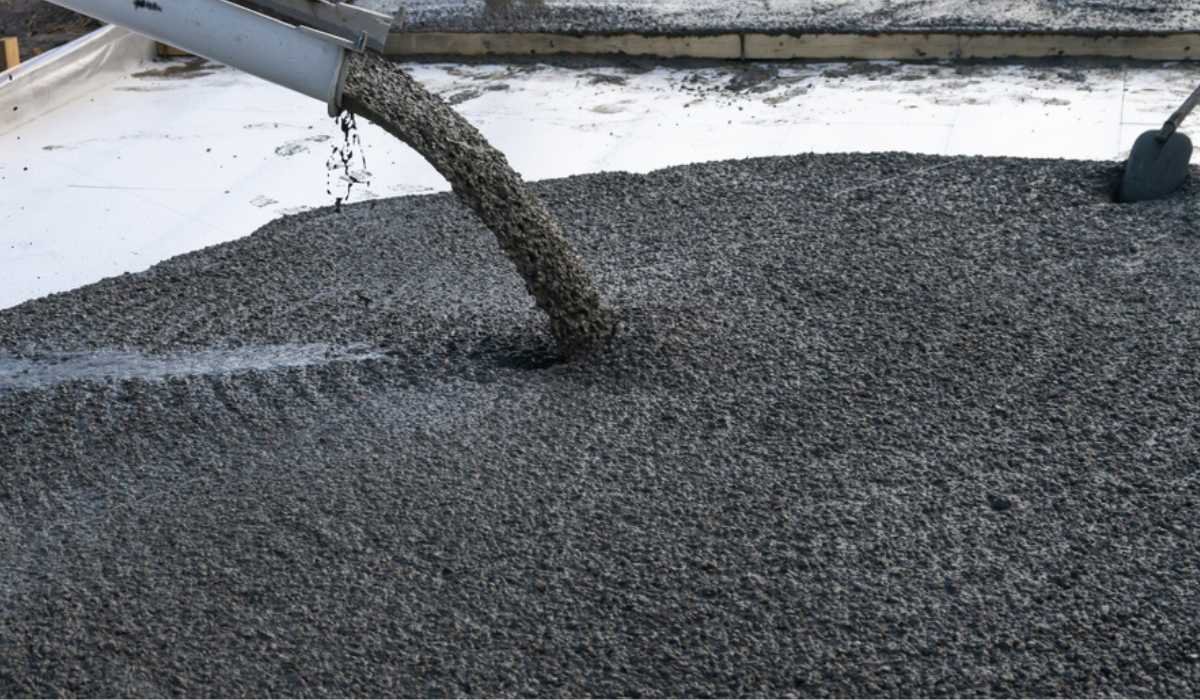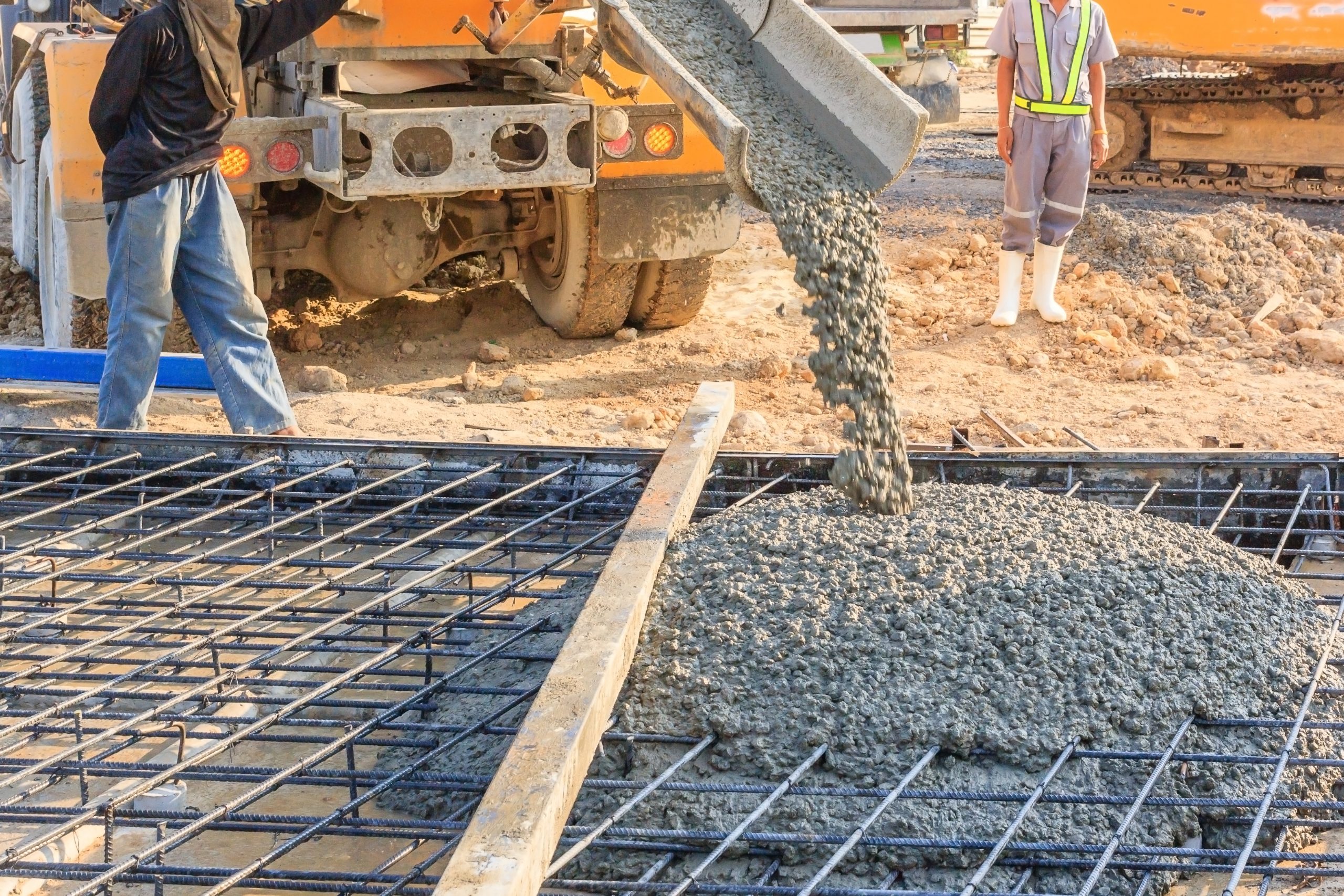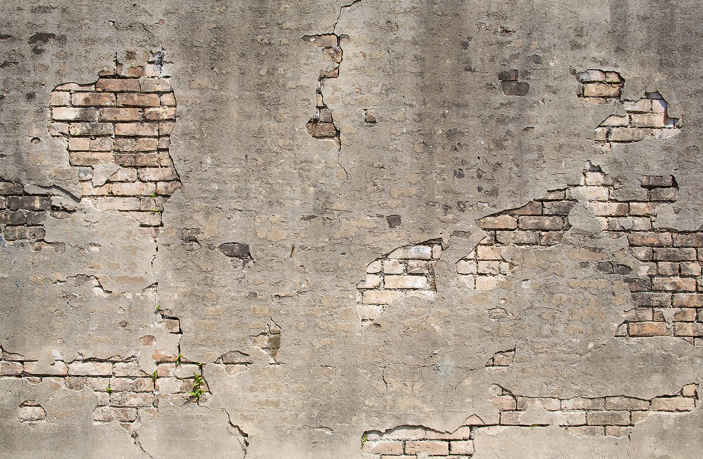Cutting-edge Concrete Design: Improve Your Residential Or Commercial Property with Personalized Concrete Work
Cutting-edge Concrete Design: Improve Your Residential Or Commercial Property with Personalized Concrete Work
Blog Article
Introducing the Eco-Friendly Advantages of Making Use Of Recycled Concrete in Lasting Construction Practices
In the world of sustainable building techniques, the use of recycled concrete stands as a crucial yet often undervalued source. Beyond its standard applications, recycled concrete deals a myriad of eco-friendly benefits that prolong much beyond the boundaries of conventional building products.
Environmental Benefits
Undoubtedly, one of the most considerable advantages of using recycled concrete is its positive impact on the setting. By integrating recycled concrete into construction methods, there is a substantial reduction in the need for new raw materials, resulting in conservation of natural resources. This procedure aids in maintaining aggregates, water, and power that would have been used in generating new concrete. Additionally, making use of recycled concrete lessens the amount of waste being sent out to landfills, thus lowering ecological air pollution and easing the pressure on garbage dump abilities.

In addition, the manufacturing of traditional concrete is a significant source of carbon emissions as a result of the energy-intensive procedure of cement manufacturing. On the other hand, recycled concrete has a reduced carbon impact as it lowers the need for brand-new concrete manufacturing. This decline in carbon exhausts contributes to mitigating climate adjustment and supports lasting building practices. In general, the environmental advantages of using recycled concrete are considerable and play a vital role in advertising environment-friendly building and construction methods.
Cost-Efficiency
Achieving cost-efficiency is an extremely important consideration when examining the usage of recycled concrete in construction projects. One of the essential advantages of making use of recycled concrete is its cost-effectiveness compared to traditional concrete. The manufacturing of recycled concrete entails less energy and sources as it makes use of existing products, minimizing the total task expenses substantially. In addition, the availability of recycled concrete in your area can additionally decrease transport costs, making it an extra economical selection for building and construction jobs.
Furthermore, making use of recycled concrete can result in cost savings in landfill prices by diverting concrete waste from disposal websites. This not only decreases the ecological impact yet additionally removes the prices related to waste elimination. The sturdiness and efficiency of recycled concrete are comparable to traditional concrete, making sure that cost savings do not endanger the high quality of the building and construction.
Resilience and Stamina
Considering the significant cost-efficiency advantages of making use of recycled concrete, it is critical to analyze its sturdiness and stamina in construction applications. Recycled concrete deals equivalent, otherwise premium, sturdiness and stamina residential or commercial properties to conventional concrete. With innovations in handling strategies and quality assurance, recycled concrete can fulfill Discover More Here or exceed the performance criteria of conventional concrete. The procedure of recycling concrete entails squashing, arranging, and evaluating old concrete to create accumulations that can be used in new building jobs. These recycled aggregates can supplying satisfying compressive strength, toughness, and long-lasting performance.

Waste Decrease
Effective waste reduction techniques play an essential function in the sustainable use of sources within the building and construction industry. When it pertains to using recycled concrete, waste decrease is a vital advantage that adds dramatically to environmental preservation. Traditional building approaches commonly generate significant amounts of waste, particularly in the form of concrete rubble from demolition sites. By including recycled concrete into construction projects, this waste is repurposed and drawn away from landfills, decreasing the overall environmental effect of building and construction activities.
Recycled concrete not only helps in reducing the quantity of waste that winds up in landfills yet likewise saves natural deposits by lowering the demand for new accumulated materials. This process of waste decrease promotes a round economic climate within the building field, where products are recycled and reused to create a more lasting industry. Furthermore, using recycled concrete can lead to cost financial savings for building and construction projects, as it is typically more budget-friendly than sourcing and carrying new products. To conclude, waste decrease via the application of recycled concrete is an essential component of lasting building techniques that profits both the building and construction and the setting industry in its entirety.
Power Preservation
Energy preservation is an important element of sustainable building techniques, intending to decrease the general power consumption related to structure procedures and products production. Significant energy savings are achieved contrasted to traditional concrete manufacturing when it comes to using recycled concrete in building. The procedure of creating recycled concrete involves reusing and squashing existing concrete products, which takes in much less power than mining, handling, and transferring basic materials for brand-new concrete manufacturing. In addition, making use of recycled concrete can assist reduce the demand for virgin accumulation, further minimizing the energy-intensive removal and processing of all-natural sources.
Verdict
To conclude, the Home Page application of recycled concrete in sustainable building and construction methods offers countless environmental benefits, cost-efficiency, longevity, toughness, waste reduction, and power conservation. By integrating recycled concrete right into building and construction jobs, we can add to an extra ecologically friendly and lasting future. It is crucial for the construction industry to prioritize the usage of recycled products to help in reducing the ecological effect of construction activities.
One of the key benefits of making use of recycled concrete is its cost-effectiveness contrasted to standard concrete.In addition, the usage of recycled concrete can lead to savings in landfill expenses by diverting concrete waste from disposal sites. The longevity and efficiency of recycled concrete are similar to standard concrete, making sure that expense savings do not jeopardize the top quality of the building.

Report this page